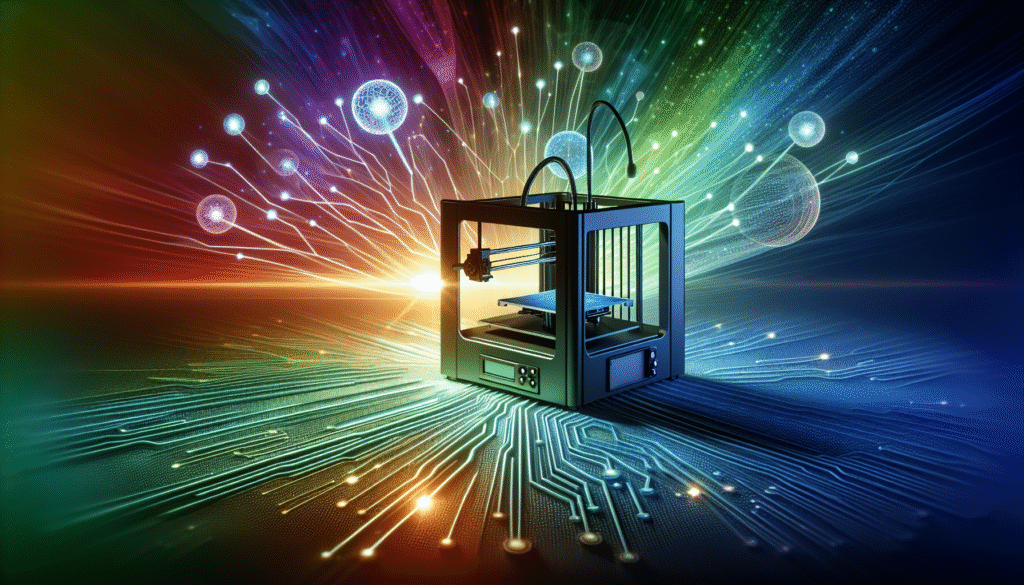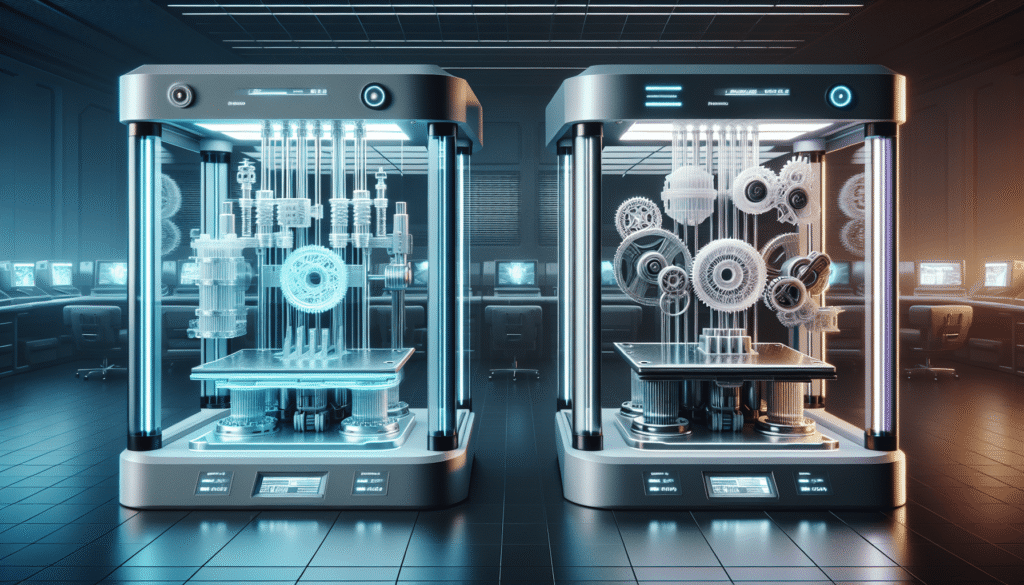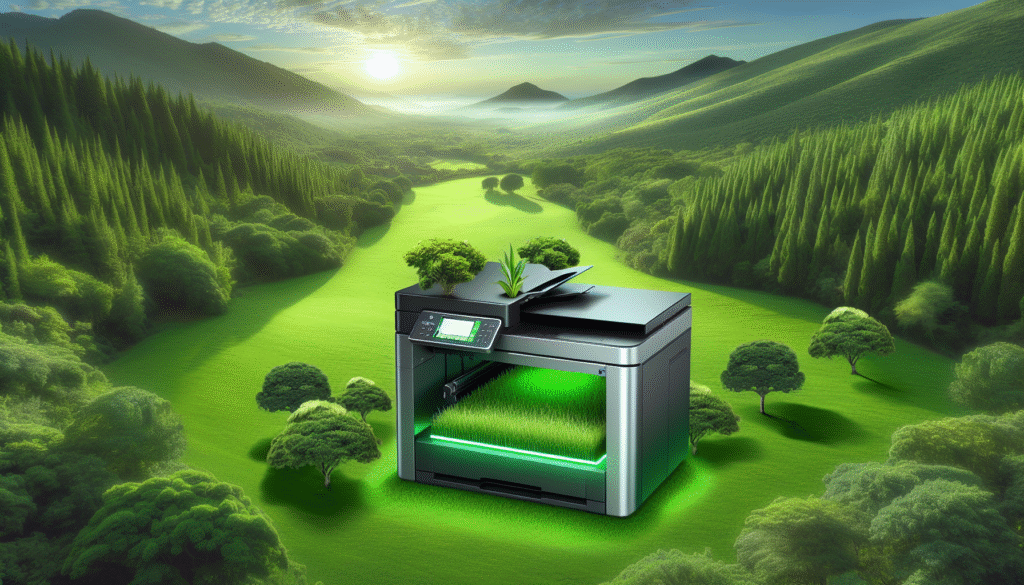Isn’t it fascinating how devices that once seemed like background actors in our offices now perform starring roles in our daily productivity shows? I’m talking, of course, about laser printers. Over the years, these once humble gadgets have transformed—from basic office tools to sophisticated smart business solutions. Let’s journey through their evolution and discover just how far they’ve come.
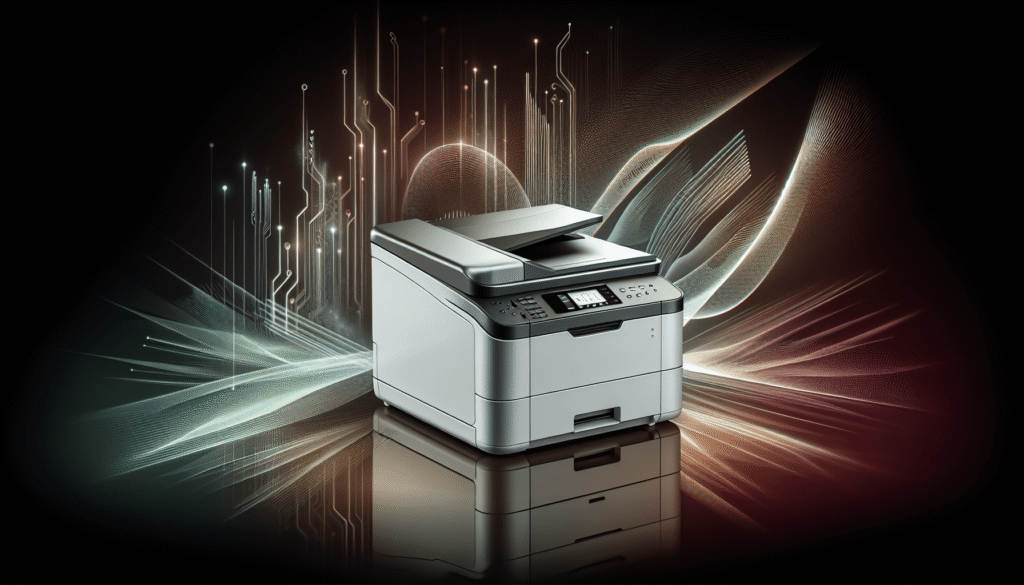
The Dawn of Laser Printers
Picture it: the 1970s. Amidst disco balls and bell-bottoms, the first laser printer made its debut. This was an era when the word “digital” was just beginning to sneak into mainstream vocabulary. But, much like my first attempt at cooking, the origins of laser printers were a bit, shall we say, rough around the edges.
The Birth of an Idea
Back in 1969, the concept of a laser printer was birthed in a Xerox research lab. The idea was straightforward: using laser technology to print pages at previously unimaginable speeds. Here’s a little-known fact: the first real laser printer was about the size of a small car. Imagine trying to fit that in today’s minimalist office spaces!
First Commercial Release
By 1976, the IBM 3800 came out as the first commercial laser printer. It was primarily used in high-volume printing environments like bank statements and mailing labels. Weighing in at more than a ton, it was hardly suitable for the everyday office. But it laid the groundwork for a revolution, somewhat like how avocado toast paved the way for extravagant brunch menus.
The Rise of Consumer-Friendly Models
Moving into the 1980s and 90s, the laser printer began to slim down and shape up—an admirable feat many of us aim for!
Hewlett-Packard Leads the Pack
In 1984, HP launched the LaserJet, the first desktop laser printer. It was compact, efficient, and surprisingly stylish for its time. It was like the celebrity guest of an office holiday party everyone wanted to meet. The printer’s capability to produce crisp, sharp text made it a hit.
Table 1: Milestone Models in Laser Printer History
| Year | Model | Manufacturer | Key Features |
|---|---|---|---|
| 1969 | Prototype | Xerox | First idea of laser printing |
| 1976 | IBM 3800 | IBM | First commercial laser printer |
| 1984 | LaserJet | HP | First consumer-friendly, desktop laser printer |
Competition Breeds Innovation
With HP’s success, other companies like Canon and Epson jumped on the bandwagon, eager to grab their piece of the consumer pie. Suddenly, competition spurred innovation, leading to advancements in speed, quality, and affordability. You could almost say that laser printer evolution and competition were as intertwined as peanut butter and jelly.
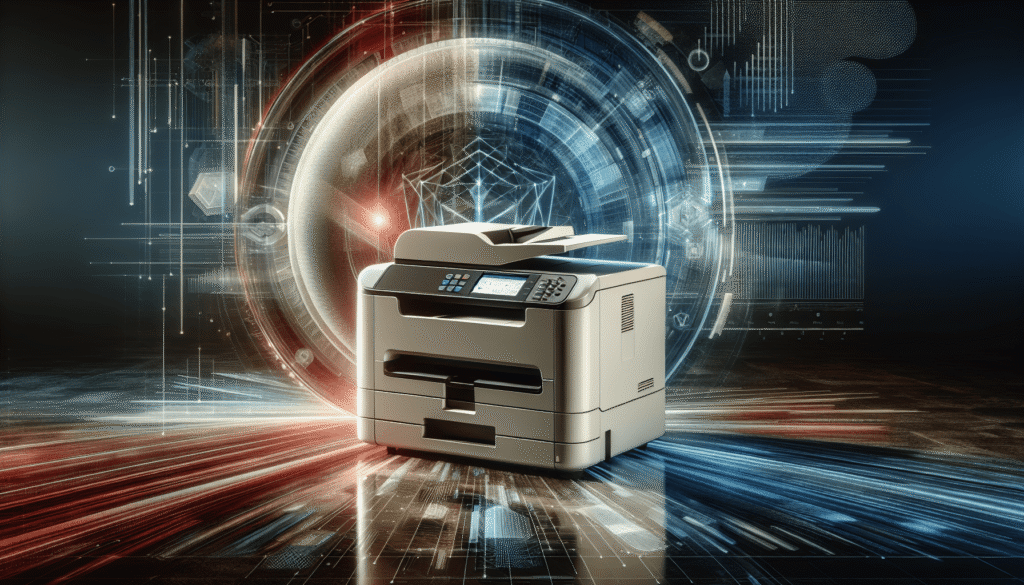
The Digital Age: Enter Smart Features
As we all know, the 21st century saw technology undergo rapid transformations. It feels like one moment I’m learning to use a flip phone, and the next moment, my printer is talking to my smartphone.
Wireless Connectivity
Gone are the days of tangled cords and network cables sprawled across the office floor. Today’s laser printers boast wireless connectivity options, making it possible to print documents directly from mobile devices. It’s as if printing has been upgraded from dial-up to broadband!
Cloud Integration
Who needs USBs and data sticks when you can access documents from the cloud? Modern printers now connect seamlessly to platforms like Google Drive, Dropbox, and OneDrive. It’s like having an omnipresent digital assistant ready to fetch your files from the virtual ethers.
Security Enhancements
In today’s world, security is paramount. Modern laser printers incorporate advanced security features to ensure that sensitive documents remain protected. Think of it as a bouncer for your printed pages, only with less attitude and more efficiency.
Environmental Considerations
As we become more conscious of our ecological footprint, laser printers have also adapted to meet the demand for greener options.
Energy Efficiency
Many of today’s printers come with energy-saving modes that reduce power consumption during idle times. Some can even power down completely when not in use, like a cat taking its fifth nap of the day.
Eco-Friendly Consumables
Manufacturers are developing toners and cartridges that are less harmful to the environment, focusing on recyclability and reduced waste. Some companies even offer programs to return used cartridges for recycling. It’s about turning what was once a sustainability offender into a contributor.
The Role of AI and Machine Learning
Artificial intelligence isn’t just for robots and voice assistants. It’s found its way into laser printers, enhancing them far beyond basic printing functions.
Predictive Maintenance
Using machine learning, some printers can now predict when they’ll need maintenance and notify users in advance. It’s like having a sixth sense—if that sense was highly focused on the well-being of your office equipment.
Personalized Printing
Beyond just predicting hardware needs, AI-powered printers can also suggest print settings based on previous usage patterns. This turns the act of printing from a manual job into a personalized experience, as if your printer knows you better than your go-to coffee order.
Integration in Business Solutions
Multifunctionality
Modern laser printers don’t just stop at printing. They scan, copy, fax, and connect to multiple business applications, transforming into multifunctional hubs. Think of it like hiring an employee who can do accounting, HR, and jot down the minutes of the meeting—now that’s versatility.
Cost Efficiency
For businesses, cost isn’t just about the price tag on the box. It’s about the ongoing savings in terms of energy consumption, toner use, and maintenance. Today’s printers are engineered to ensure cost savings over their lifetime, making them an asset rather than an expense.
Future Trends in Laser Printing
What comes next? If the evolution so far is any indication, even more astonishing advancements lie ahead.
3D Printing Influence
Laser technology has influenced the rise of 3D printing innovations. While mainly distinct fields, we may soon see consumer laser printers that can produce 3D objects, merging the best of both worlds.
Enhanced User Interface
As user interaction evolves, touchscreens, voice commands, and even advanced gesture recognition may feature in the future of laser printers. Imagine waving your hand to print a document or asking your printer to set up your next meeting’s agenda.
Conclusion: A Dynamic Journey
Reflecting on laser printers’ journey from their massive inception to sleek, smart business solutions, it’s evident they have come a long way. As our demands evolve, they continue adapting, showing an uncanny knack for reinvention.
Today’s laser printers are not just machines but essential components of modern workflows. It’s almost as if they’ve graduated from being the reliable office sidekick to standing center stage. And who knows? Maybe their future looks even brighter, ready to surprise us with yet more innovations that seem straight out of a science fiction novel.
And just like that lasagna that eventually turned out perfect after many attempts, laser printers have matured beautifully, finding their places with grace and purpose in our tech-driven world.
